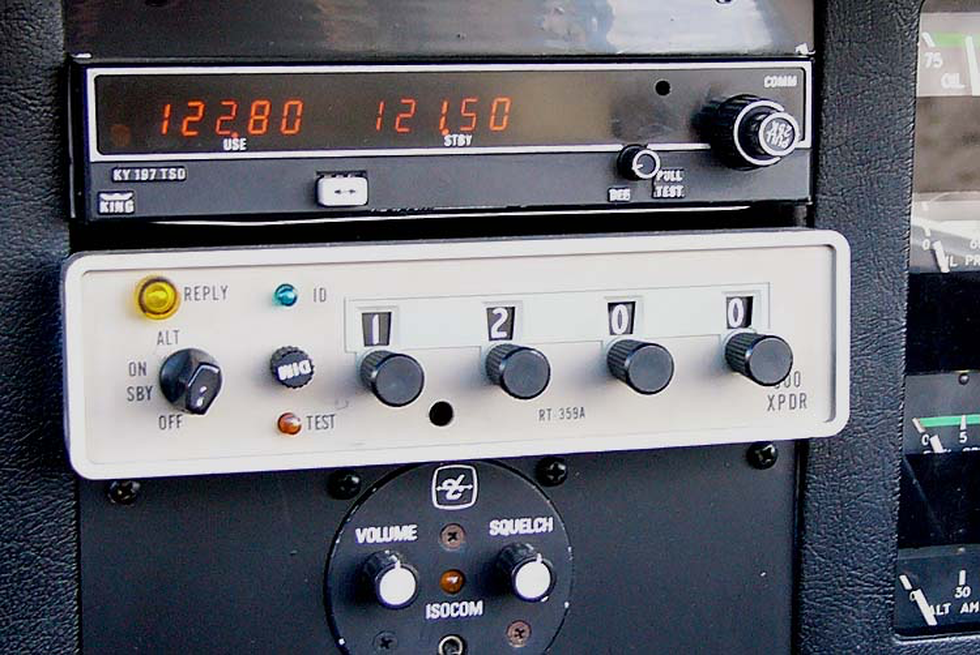
About Transponder:
Israel's 'Iron Beam', designed to use...
Even though Cyclone Dana triggered he...
The Central government has planned to...
The Global TB Report 2024 has acknowl...
The National Green Tribunal has casti...
At the just-concluded 16th Conference...
Markhor, the largest wild goat in the...
A new study says scientists have disc...
Recently, the Himachal Pradesh Chief ...
A new way discovered by a team of res...